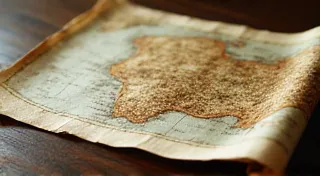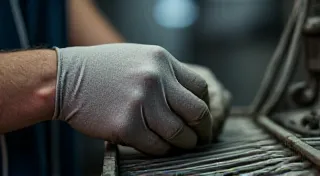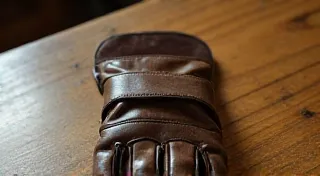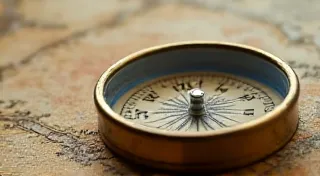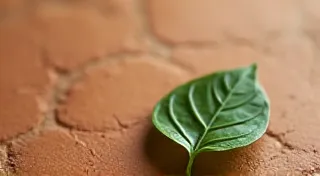Echoes in Gold: The Stories Etched into Antique Nibs
They lie small, unassuming, often overlooked. Yet, within the delicate curves of a vintage fountain pen nib resides a universe of history, a silent testament to lives lived and words penned. We don’t just collect antique nibs; we inherit narratives, holding in our hands a tangible link to generations past. It's more than the gold or steel; it's the echo of human connection that truly captivates the collector. This isn't simply a hobby; it’s a journey into the past, one stroke at a time.
The allure of collecting vintage fountain pen nibs isn’t solely about rarity or monetary value, though those aspects certainly play a role. It’s about the whisper of countless hands guiding them across paper, conveying thoughts, feelings, and experiences. Imagine the letter penned by a young soldier writing home from the trenches, the romantic confession scrawled by a hopeful lover, the meticulous notes of a scholar recording years of research. Each nib, in its own way, is a vessel of memory, carrying fragments of the past within its golden or steel form. The nuances of these writing instruments speak to the very rhythm and pace of life, prompting us to consider how antique nibs shape our perception of time, a topic explored further in The Chronometer's Hand: How Antique Nibs Shape Our Perception of Time.
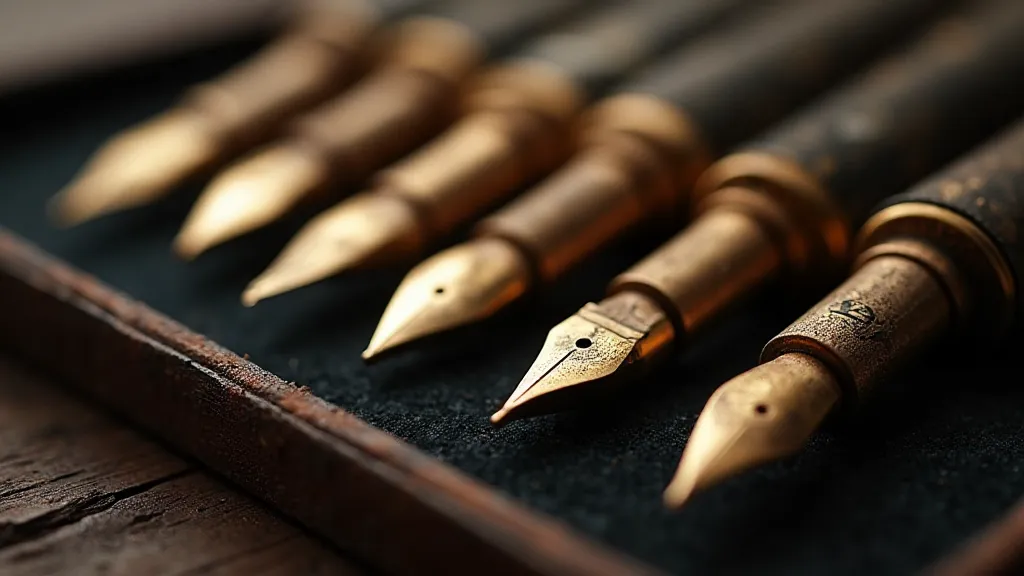
The Craftsmanship – A Legacy of Skill
To truly appreciate vintage nibs, one must understand the incredible craftsmanship that went into their creation. In the late 19th and early 20th centuries, nib making was a highly specialized art. Master craftsmen, often employing techniques passed down through generations, painstakingly ground and shaped the metal using hand tools. Each nib wasn’t just stamped out – it was meticulously formed, a process demanding immense skill and precision. The slightest variation in pressure or angle could impact the nib's writing characteristics, influencing its flexibility, smoothness, and responsiveness.
The materials themselves were often superior to those used today. Gold was frequently alloyed with other metals to achieve a desirable balance of durability and flexibility. The specific ratios varied between manufacturers and eras, creating a fascinating range of writing qualities. Understanding these alloys – the gold content (often expressed in karats), the proportions of silver and other metals – is a fundamental aspect of serious collecting. It’s not enough to simply admire the beauty of the nib; a collector seeks to understand its technical makeup and how that relates to its writing performance. Decoding these markings can be a puzzle, as revealed in Lost in Translation: The Challenges of Understanding Antique Nib Markings.
A Timeline of Nib Design
The evolution of nib design reflects the technological and cultural shifts of the time. Early nibs, often found on early steel pens, were relatively stiff and utilitarian. As gold nibs became more common, a greater emphasis was placed on aesthetics and writing experience. The "Ideal" nib, popular in the early 20th century, offered a unique combination of flexibility and responsiveness. The “flexible” nibs of the era were truly flexible, capable of producing broad shading and line variation when pressure was applied – a far cry from the relatively inflexible nibs commonly found on modern pens.
The rise of mass production in the mid-20th century led to a decline in the quality of nibs. While machines could produce nibs more quickly and cheaply, the artistry and nuance were often lost. This period saw a shift towards more standardized, less expressive nib designs. The rise of ballpoint pens in the 1950s further contributed to the decline of fountain pen nib making, leading to a loss of expertise and a reduction in the variety of nibs available. The power of a well-crafted nib lies in its ability to translate intention into a beautiful line, a concept central to appreciating their artistry. When considering the journey from thought to mark, it's fascinating to examine how a skilled hand could bring that intention to life – a process explored in detail in The Scribe’s Silhouette: A Portrait of a Writer Using a Vintage Nib.
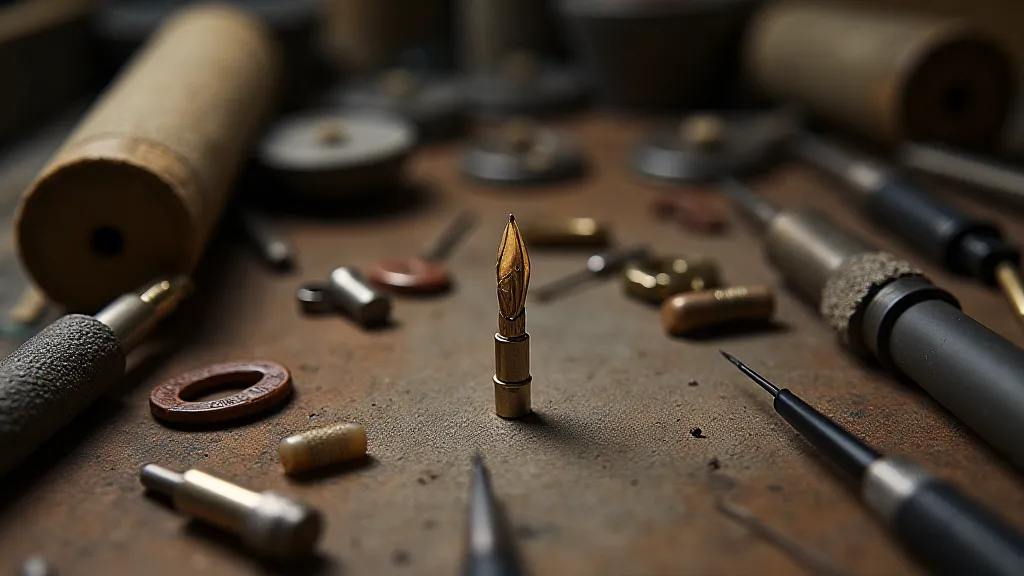
The Stories Within the Metal
Imagine holding a nib that once belonged to a celebrated author. Perhaps it penned chapters of a beloved novel, or drafted passionate letters of correspondence. While it's often impossible to definitively trace a nib’s history, the possibility of such a connection adds a profound layer of meaning to the collecting experience. Even a seemingly ordinary nib can hold a story. Did it belong to a schoolteacher diligently marking papers? A merchant carefully recording sales? A family member sharing news across continents?
I have a small, slightly worn Waterman nib that I acquired from an auction of estate items. The auction catalog offered no specific provenance, but the accompanying pens were engraved with a faint, elegant monogram. I often wonder about the person who wielded that nib, what their life was like, and the thoughts they communicated through its graceful strokes. These writing instruments are more than just tools; they are conduits of communication, building bridges across generations through the art of the written word.
Restoration and Preservation – Respecting the Legacy
Many vintage nibs are found in less-than-perfect condition. They may be oxidized, misaligned, or even cracked. While restoring a nib can be a rewarding experience, it requires patience, skill, and a deep respect for the original craftsmanship. Harsh cleaning or aggressive polishing can easily damage a vintage nib, diminishing its value and historical significance. A gentle cleaning with a mild solution, followed by careful realignment, is often the best approach.
For serious collectors, the pursuit isn’t always about pristine condition. The marks of time – the subtle scratches and imperfections – often tell a story in themselves. A nib that has clearly been used and cared for holds a different kind of value than one that appears untouched. Understanding the relationship between a nib's wear and its story often requires a certain finesse.
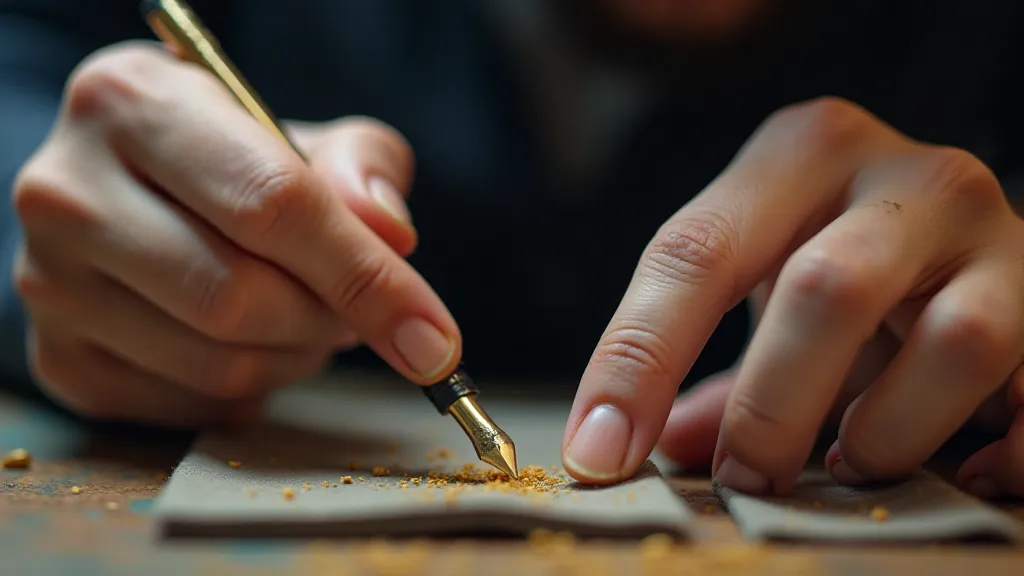
Beyond the Acquisition – Sharing the Story
Collecting vintage fountain pen nibs is more than just acquiring objects; it’s about preserving a piece of history and sharing that passion with others. Connecting with fellow collectors, attending pen shows, and sharing knowledge online can enrich the collecting experience and ensure that these precious artifacts are appreciated for generations to come. Each nib is a silent ambassador of the past, and it is our responsibility to ensure that its story is not forgotten.
The true beauty and expressive potential of these instruments highlight the transformative power of line. The way a nib interacts with ink to create a mark is a uniquely satisfying process. The subtle curves and textures of a vintage nib can truly bring intention to life, a characteristic explored further in The Alchemy of Line: How Vintage Nibs Transform Intention into Ink. It’s a silent dialogue between writer and instrument, a legacy that deserves to be cherished.
Furthermore, the enduring appeal of these antique instruments lies in their ability to create a connection across time, fostering a sense of shared human experience. The marks left on the page resonate with the intentions and emotions of a past writer, creating a unique and moving interaction. This ongoing conversation, carried on through the strokes of a nib, underscores the power of communication across generations, as explored in The Silent Dialogue: How Vintage Nibs Communicate Across Generations.
The dedication and passion of collectors help ensure that these narratives endure, fostering a deeper appreciation for the artistry, history, and enduring power of the written word.
The subtle, echoing stories contained within antique nibs invite us to slow down, to appreciate the beauty of craftsmanship, and to connect with the generations who came before us. They are more than just metal; they are fragments of lives lived, words written, and memories preserved. And that, truly, is the most compelling reason to collect them.
